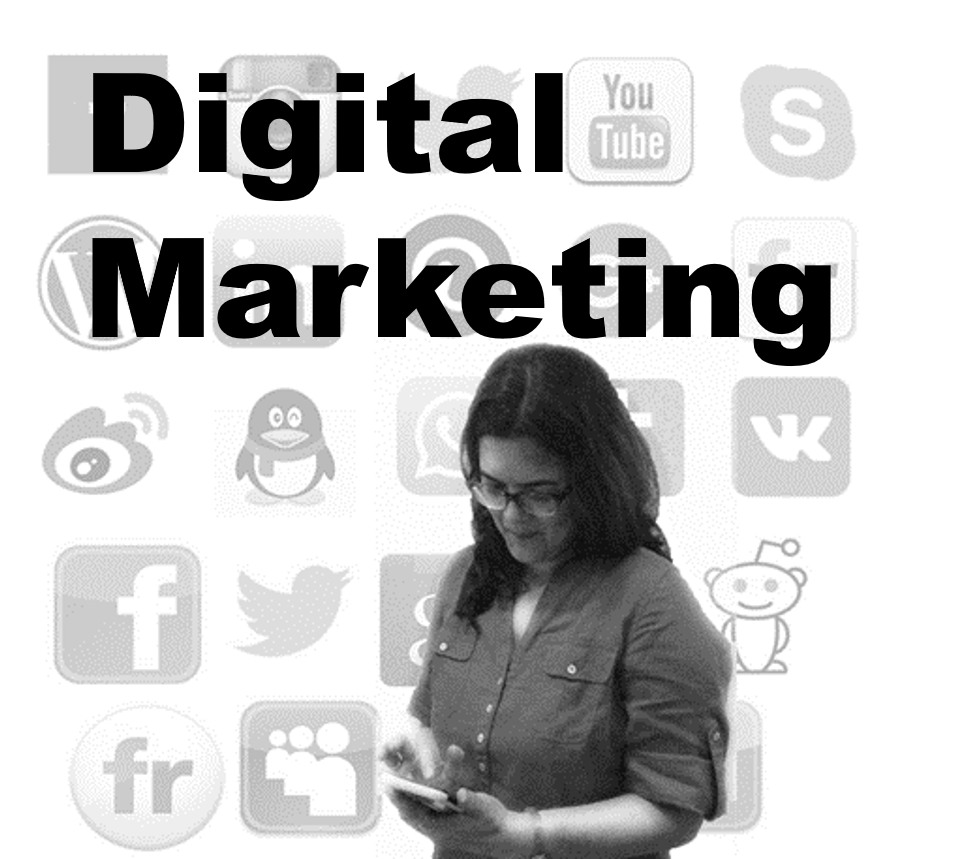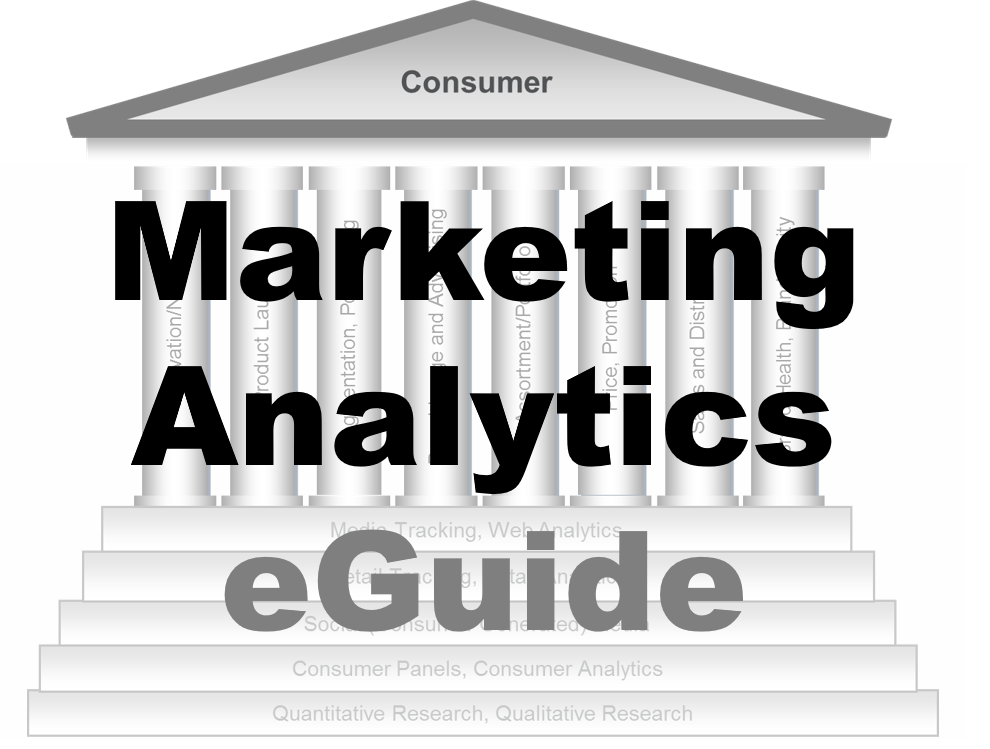-
Brand Sensing
Pink Diamonds
New Coke
Brand
Positioning
Brand Image Tracking
Image Profiling
Perceptual Maps
Thums Up
Brand Health
- Brand Sensing
- Brand Equity
- Marketing Education
- Is Marketing Education Fluffy and Weak?
- How to Choose the Right Marketing Simulator
- Self-Learners: Experiential Learning to Adapt to the New Age of Marketing
- Negotiation Skills Training for Retailers, Marketers, Trade Marketers and Category Managers
- Simulators becoming essential Training Platforms
- What they SHOULD TEACH at Business Schools
- Experiential Learning through Marketing Simulators
-
MarketingMind
Brand Sensing
Pink Diamonds
New Coke
Brand
Positioning
Brand Image Tracking
Image Profiling
Perceptual Maps
Thums Up
Brand Health
- Brand Sensing
- Brand Equity
- Marketing Education
- Is Marketing Education Fluffy and Weak?
- How to Choose the Right Marketing Simulator
- Self-Learners: Experiential Learning to Adapt to the New Age of Marketing
- Negotiation Skills Training for Retailers, Marketers, Trade Marketers and Category Managers
- Simulators becoming essential Training Platforms
- What they SHOULD TEACH at Business Schools
- Experiential Learning through Marketing Simulators
Pink Diamonds?
What made them so desirable?
“The word VALUE, it is to be observed, has two different
meanings, and sometimes expresses the utility of some particular object, and
sometimes the power of purchasing other goods which the possession of that
object conveys. The one may be called ‘value in use’; the other, ‘value in
exchange’. The things which have the greatest value in use have frequently
little or no value in exchange; on the contrary, those which have the greatest
value in exchange have frequently little or no value in use. Nothing is more
useful than water: but it will purchase scarce anything; scarce anything can be
had in exchange for it. A diamond, on the contrary, has scarce any use-value;
but a very great quantity of other goods may frequently be had in exchange for
it.” — quoted from Adam Smith’s ‘An Inquiry into
the Nature and Causes of the Wealth of Nations’.
Pink Diamonds?
The unknown is synonymous with unease. If a customer is offered diamonds of a peculiar shade, despite how captivating the pitch might be, she is likely to harbour a suspicion that the jewels are not genuine.
If you have not heard of a particular brand, or a product, or a pink diamond, not only do you lack interest in buying it, you also tend to be dubious of the person or the organization that tries to sell it to you.
And so, the discovery of diamonds embedded in an ant hill in the East Kimberley region of Western Australia in October 1979 posed a challenge for Rio Tinto. At the time of the discovery, the notion that diamonds could be intense pink was virtually non-existent. Undoubtedly, associates at the mining company would have pondered how to generate demand for these gems. How to make them desirable? How to make them valuable?
At the heart of this matter lies the notion of value. What, for instance, is more valuable — diamond or water?
Diamonds and water lie at opposite ends of a spectrum. Which you consider more valuable depends on whether you assess them in terms of their “value in use” or their “value in exchange”. And while the paradox of value may be explained by the theory of marginal utility and the mechanisms of supply and demand, one might wonder what is it that makes tiny rocks of pure carbon so precious to begin with? Why do so many young men all over the world spend hard earned savings on a glittering diamond ring that, once bought loses over 50% of its monetary value?
The rationale in part lies in their sheer beauty, their famed indestructibility and the strategy adopted by a few dominant players to manage supply. Additionally, it is greatly influenced by the beliefs, symbols and meanings imparted through various forms of marketing.
Purity, brilliance, beauty, courage, invincibility, eternity, engagement, matrimony … and love. These are some of the attributes or qualities that over time have become associated with diamonds. It is these compelling attributes, and the enduring images, symbols and beliefs that have contributed immensely to their intangible value.
A plethora of memorable movies (e.g., Diamonds Are Forever), songs (“Diamonds Are a Girl's Best Friend”), media campaigns such as the those featuring Marilyn Monroe in the 1950s, Exhibit 1.0, and other unforgettable moments have contributed to the imagery, the charm, and the allure of diamonds.
Great monarchs and famous movie stars have proclaimed their love for these gems. An Archduke in 1477 gave his fiancée a diamond ring when he proposed to her, and men have since followed his example.
In addition to marketers, brand owners, developers, inventors and others who have a vested interest, brand image is shaped by popular culture as well as consumers and (social) influencers, such as the Archduke.
Marketing in these varied forms generates awareness, creates interest, awakens curiosity, imparts knowledge, and confers status. It makes products desirable.
In terms of physical attributes, other than colour, pink diamonds do not lack the qualities of clear diamonds, and they are far rarer. What they lacked at the time of their discovery was awareness and meaning.
Through branding and other forms of marketing, Rio Tinto imbued the pink diamonds with interest and status. Advertising campaigns powerfully influenced consumers’ minds, creating an alluring mystique about the gems’ origin and colour. Described in commercials as “the most revered diamond in the world”, the tiny pink rocks metamorphosed into the rare, exclusive, and much desired Argyle Pink (Exhibit 1.1).
The brand, Argyle Pink, embodies the intangible value generated through marketing. It makes intangible characteristics — such as intrigue, fascination, curiosity, fame — tangible, and associates these characteristics with the product.
It is the beliefs, symbols, perceptions and associations that consumers hold in their head about the Argyle Pink, that makes the gems desirable and valuable. So, to answer our question, it is marketing that makes the tiny rocks of pure carbon, including the pink ones, so precious.
The Kimberly diamonds are now sought after by investors, collectors, celebrities and high net worth individuals, and command a high premium.
Next
Use the Search Bar to find content on MarketingMind.
1 Notes/Comments
Contact | Privacy Statement | Disclaimer: Opinions and views expressed on www.ashokcharan.com are the author’s personal views, and do not represent the official views of the National University of Singapore (NUS) or the NUS Business School | © Copyright 2013-2025 www.ashokcharan.com. All Rights Reserved.







